廣告 ADS
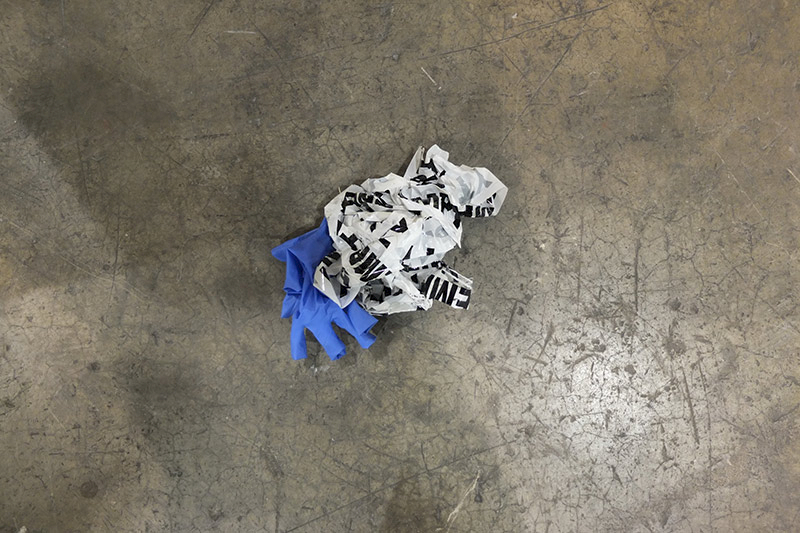
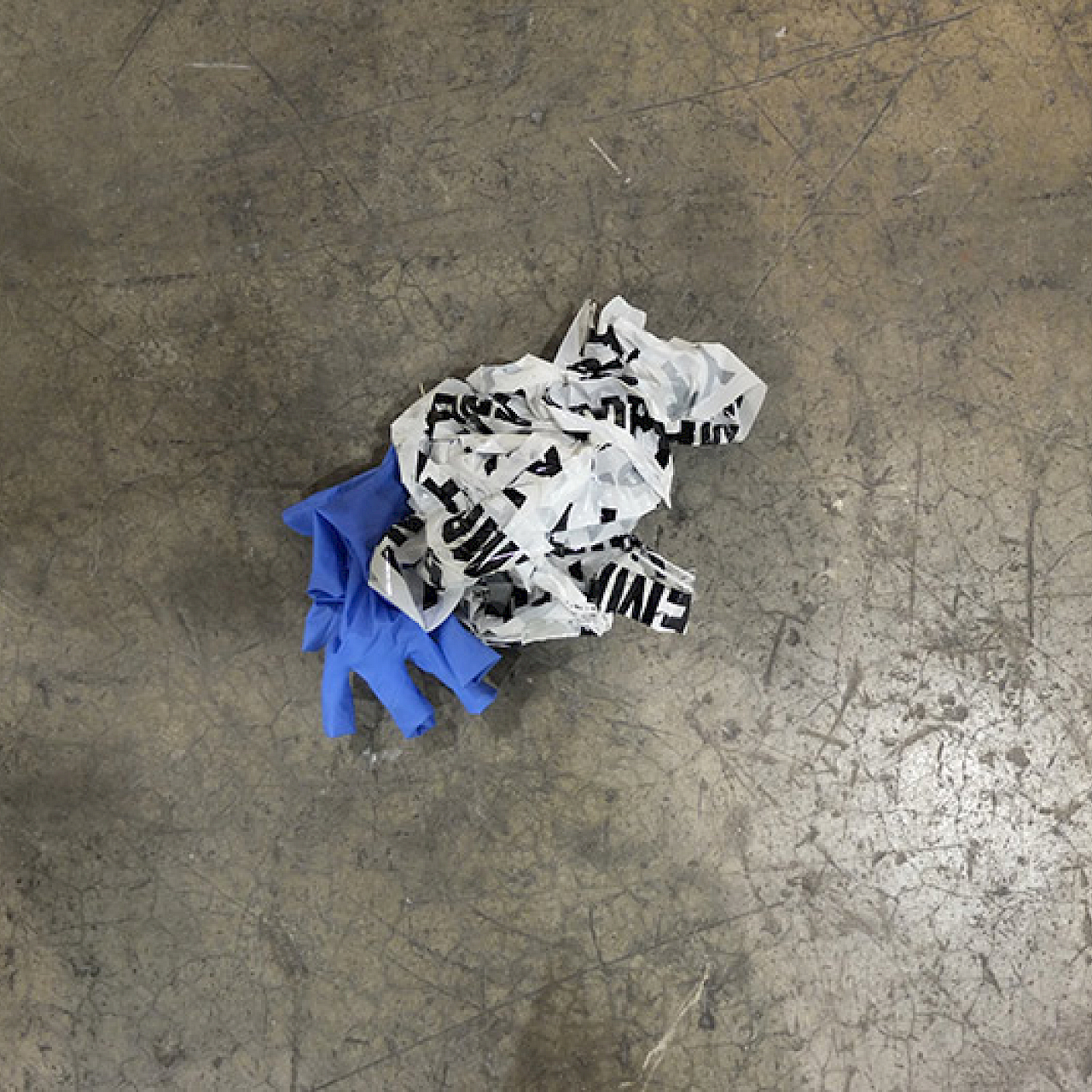
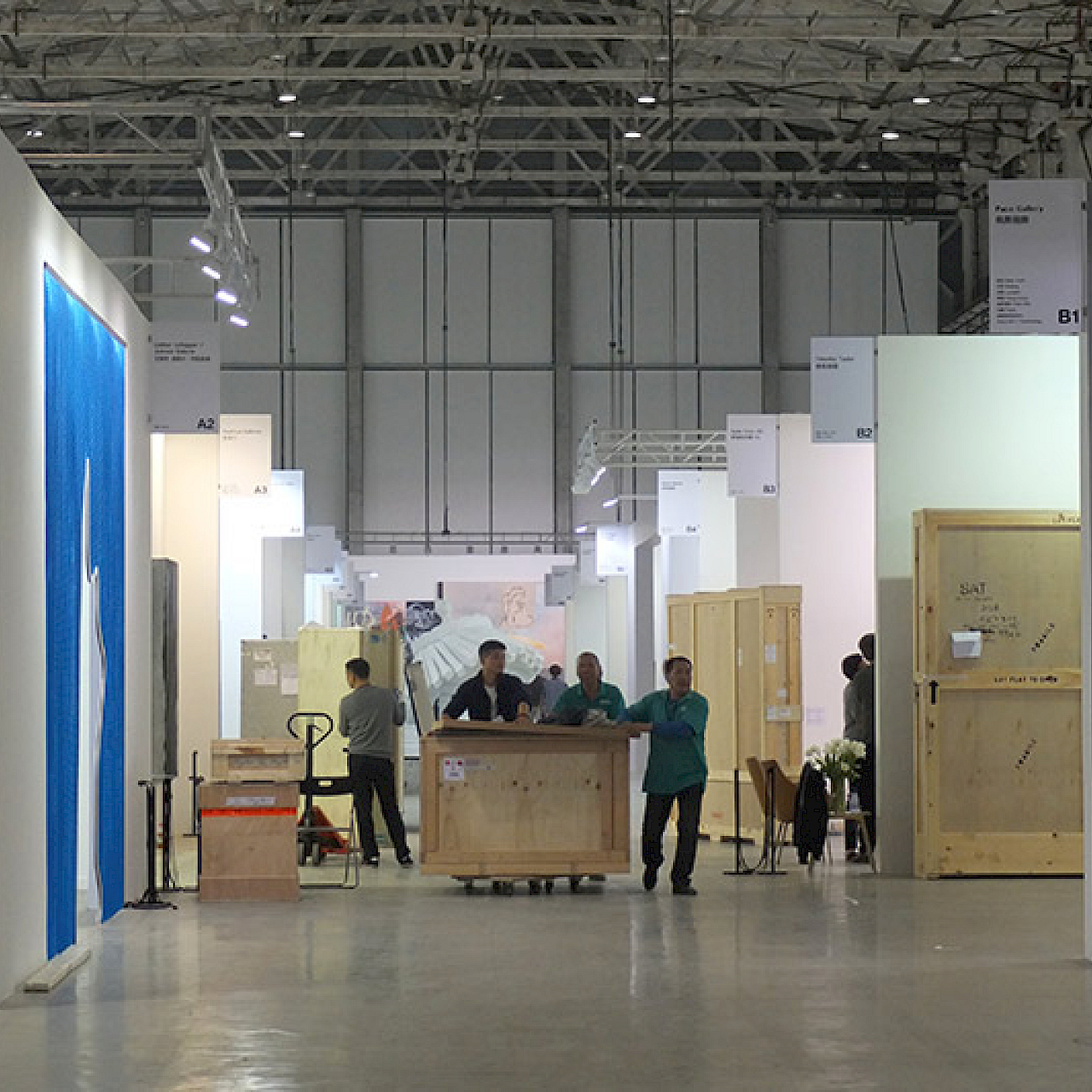
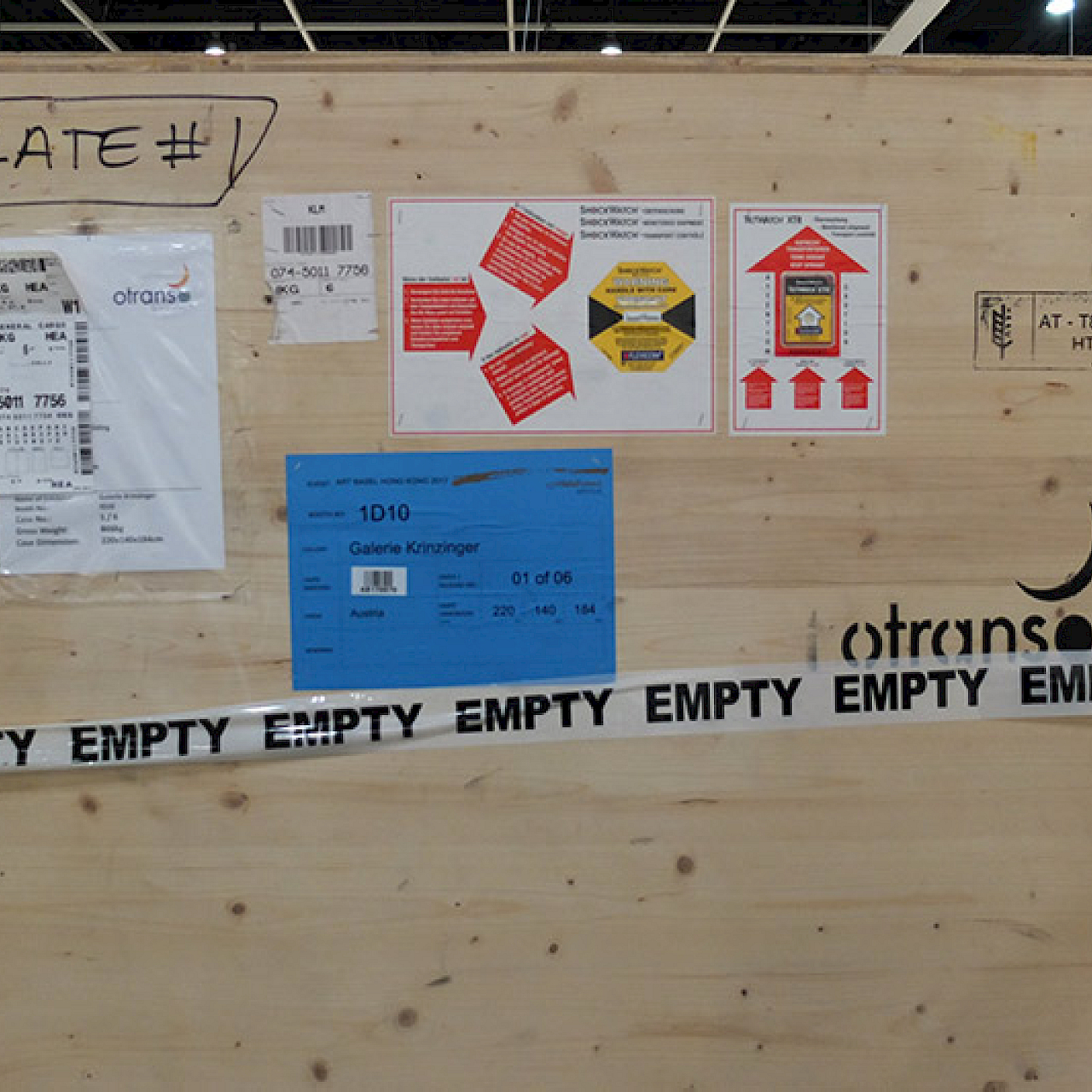
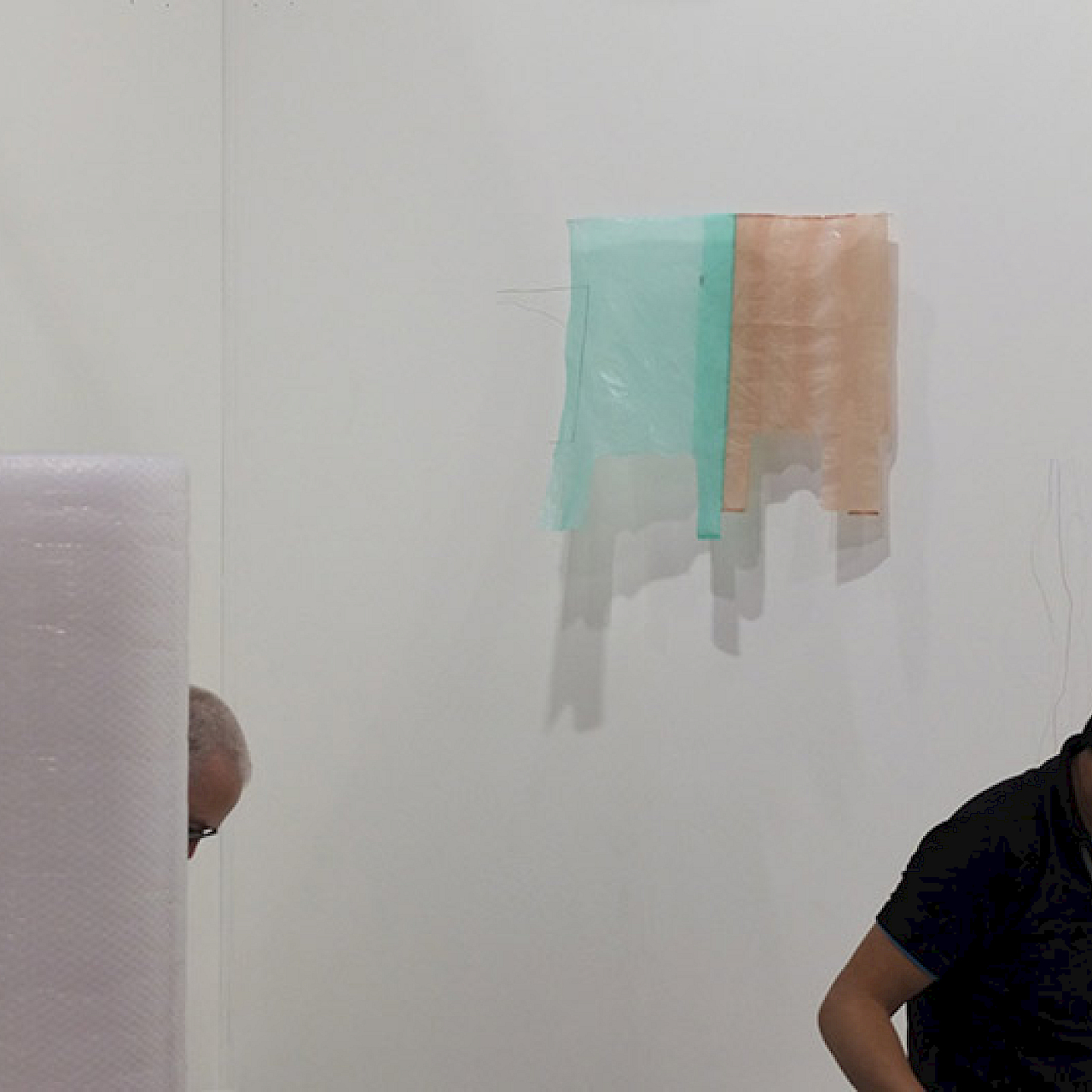
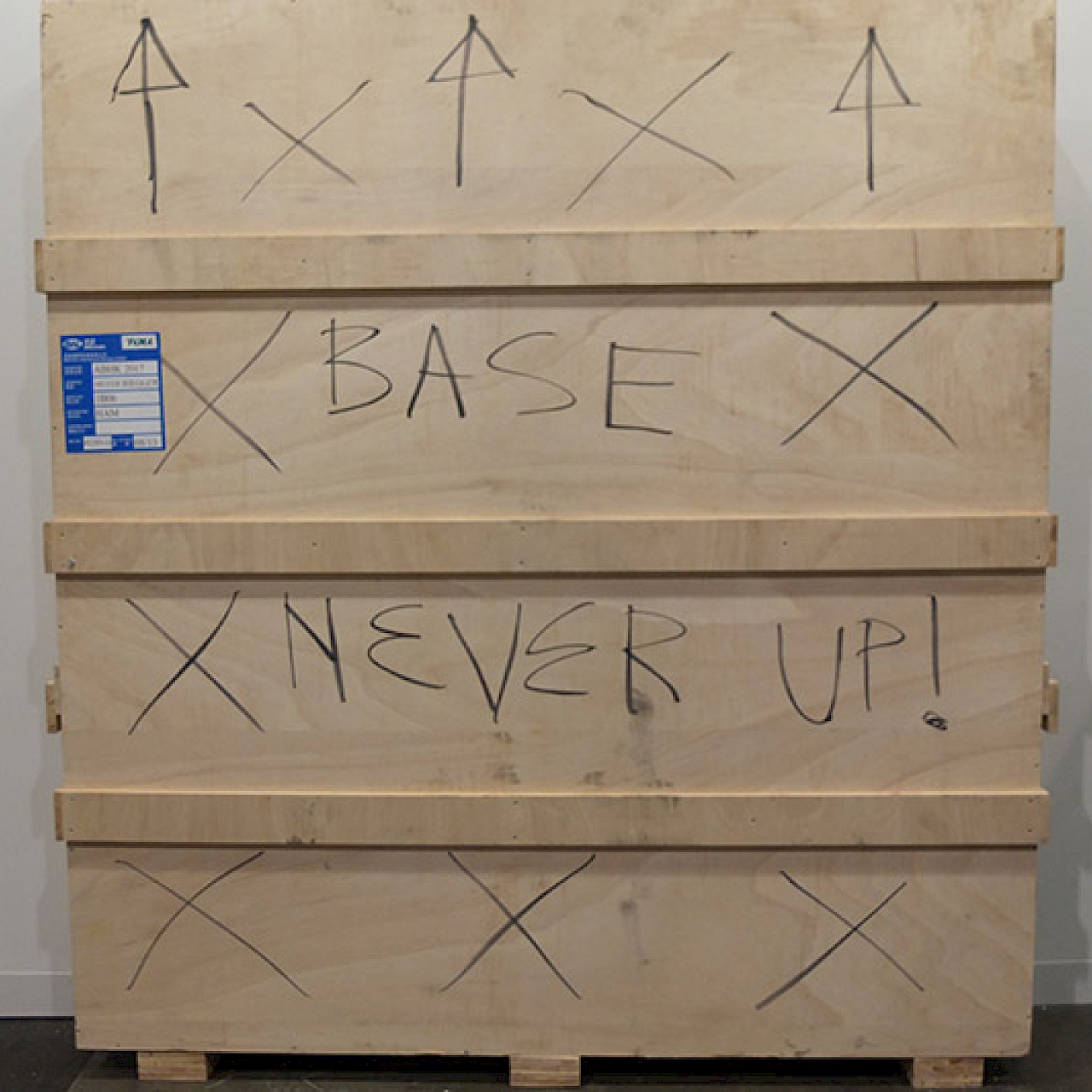
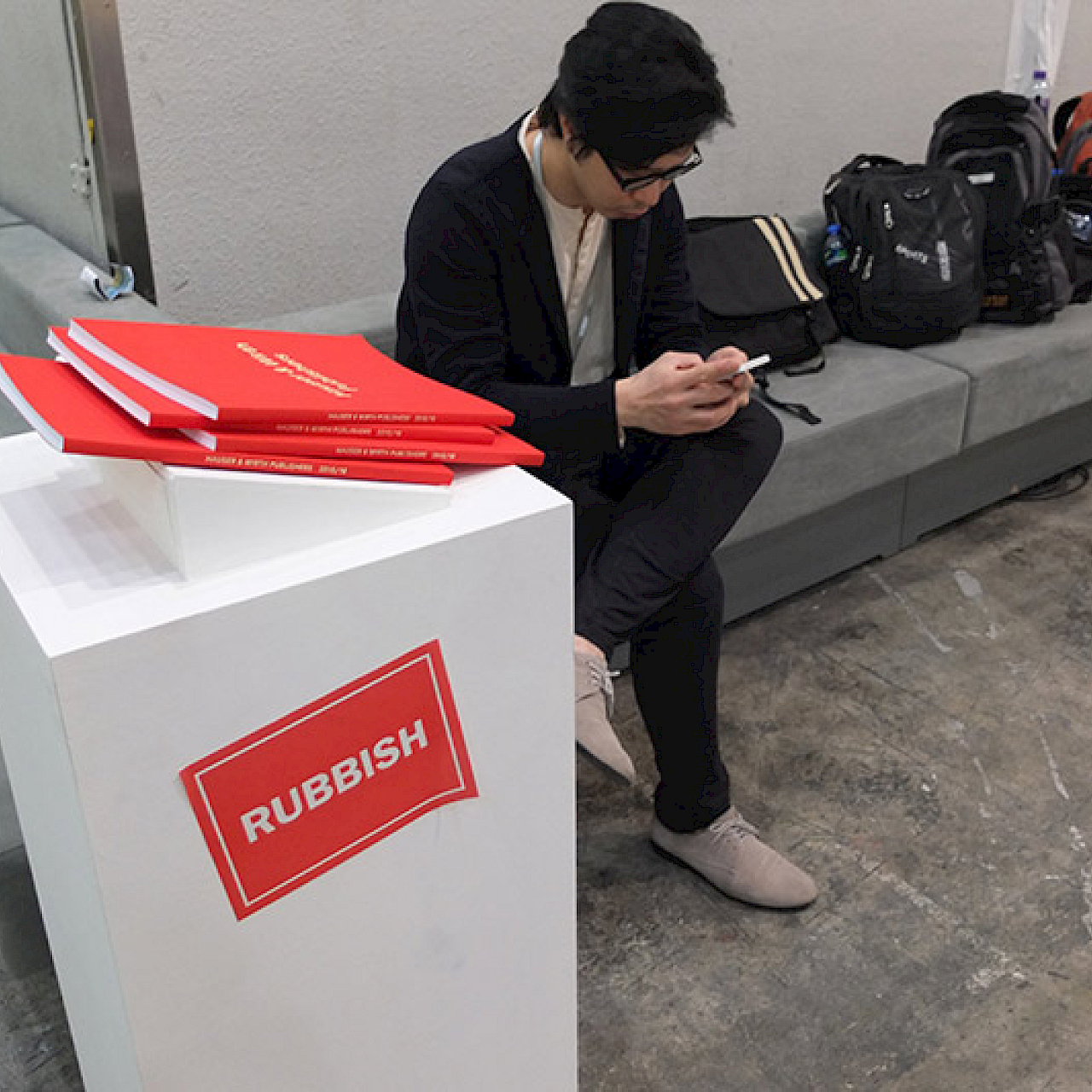
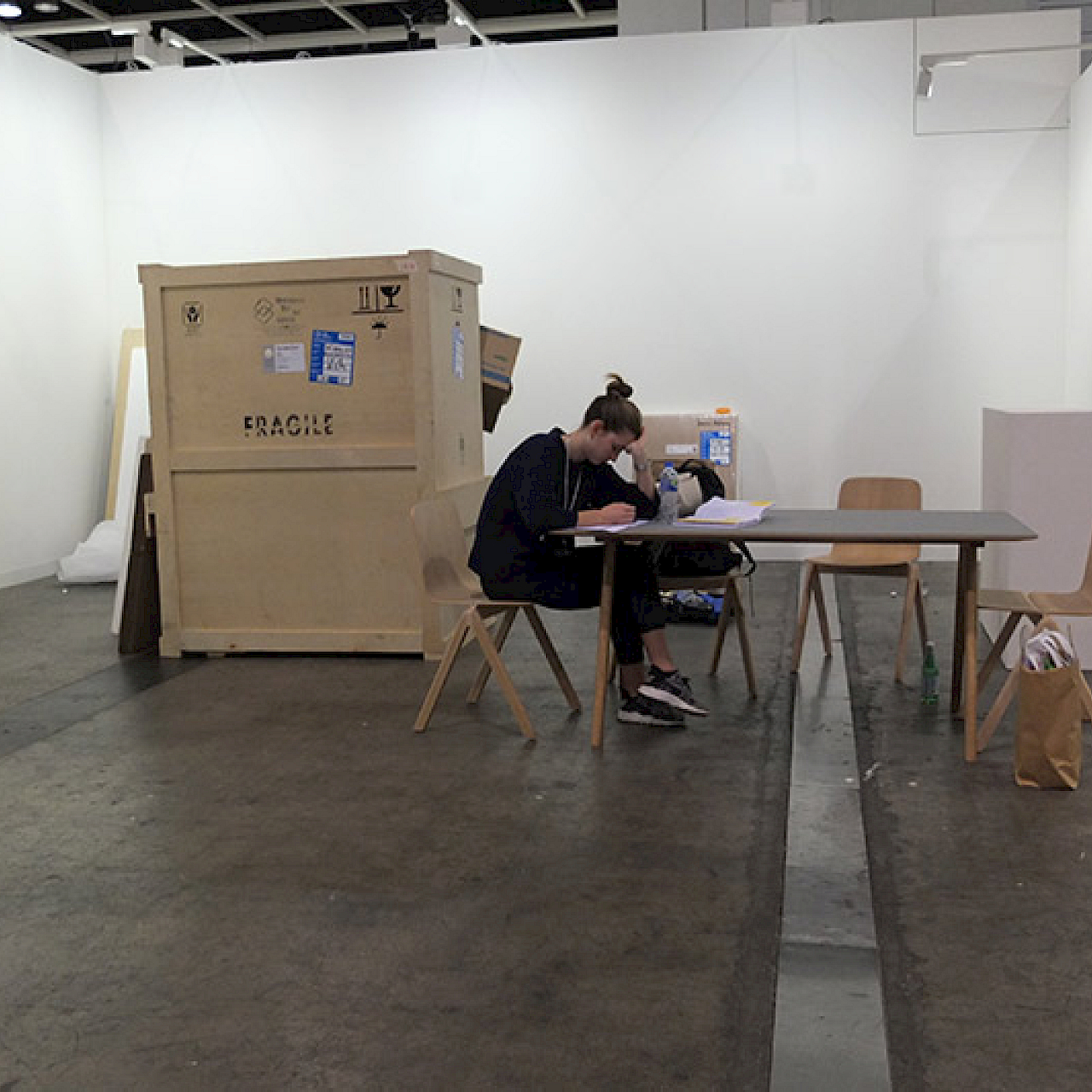
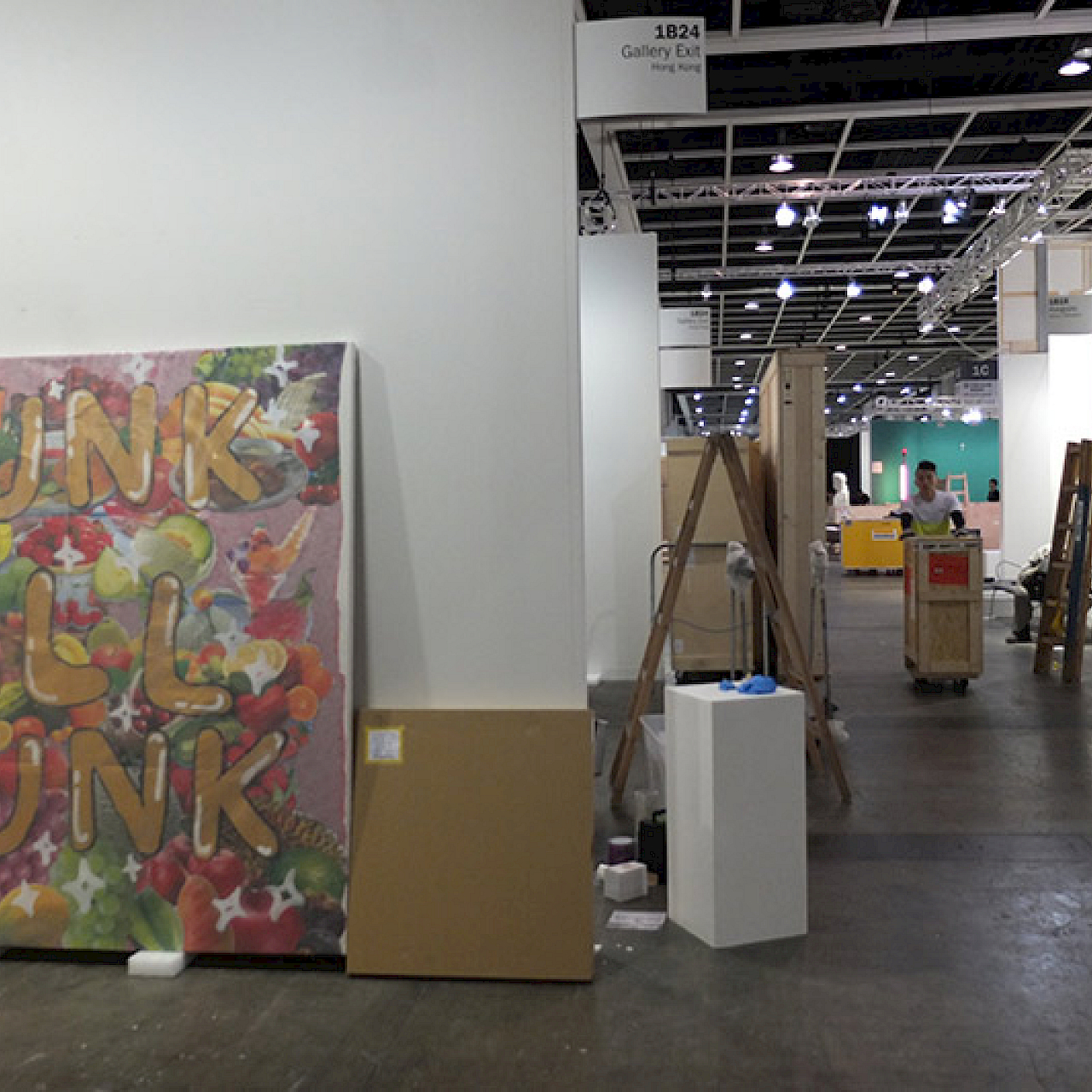
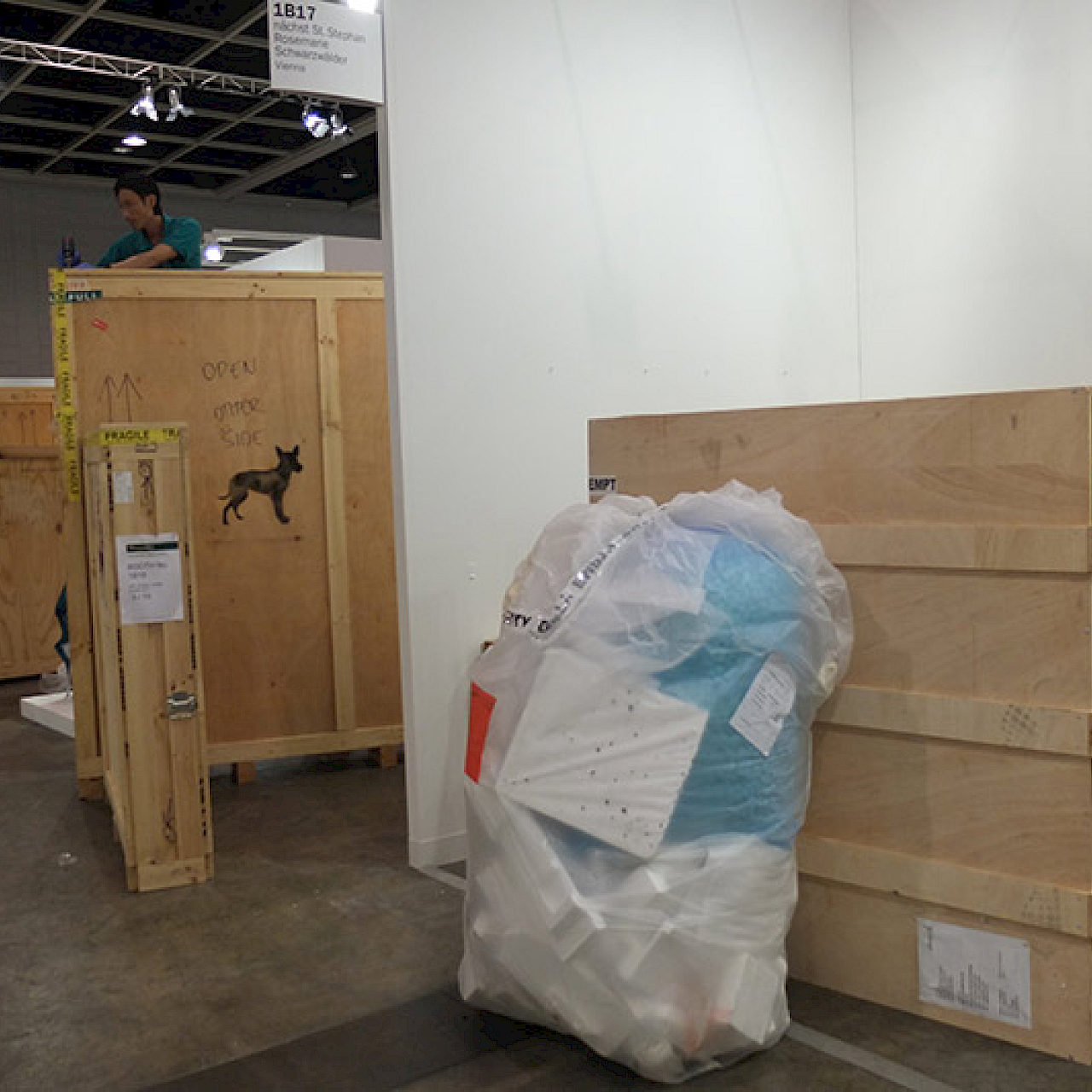
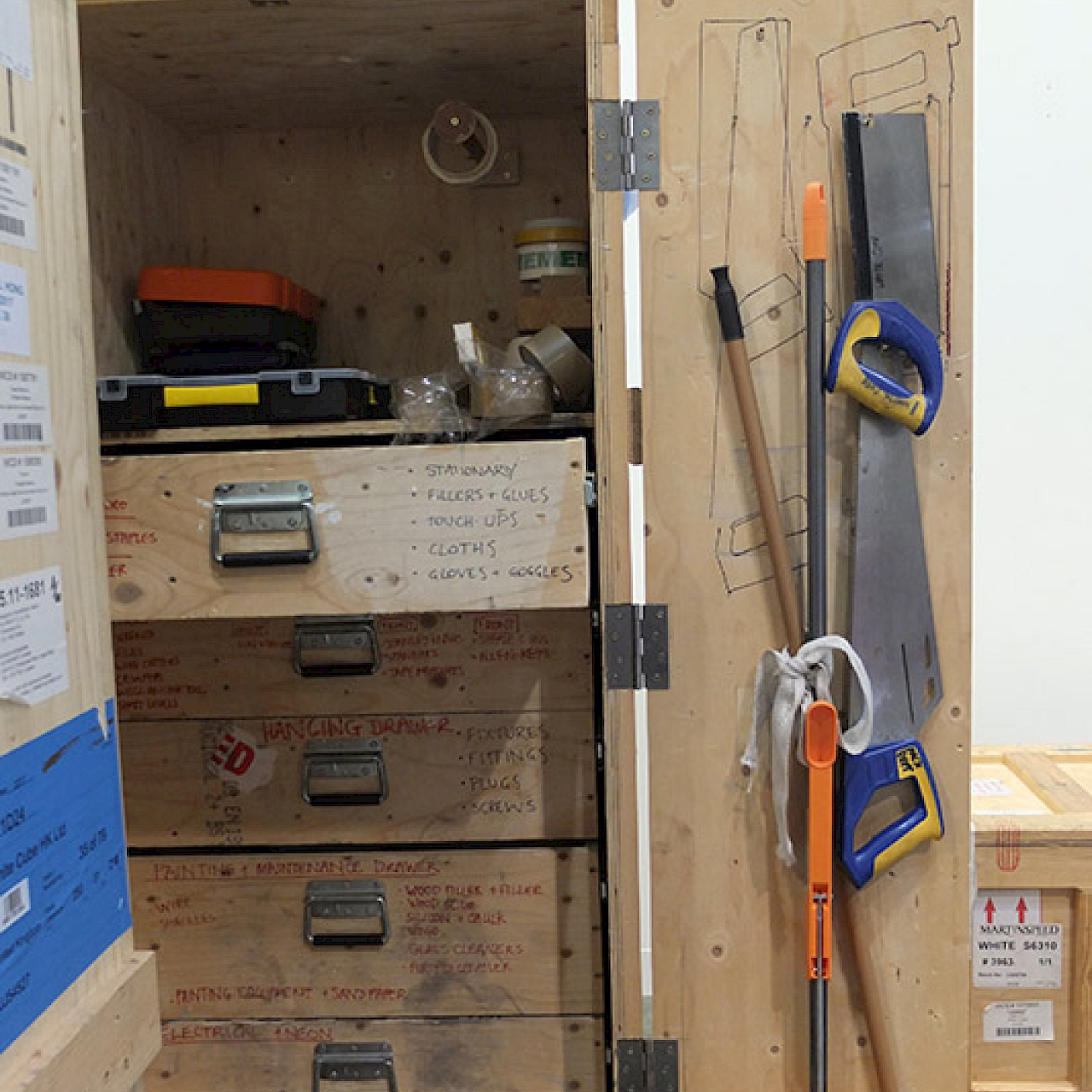



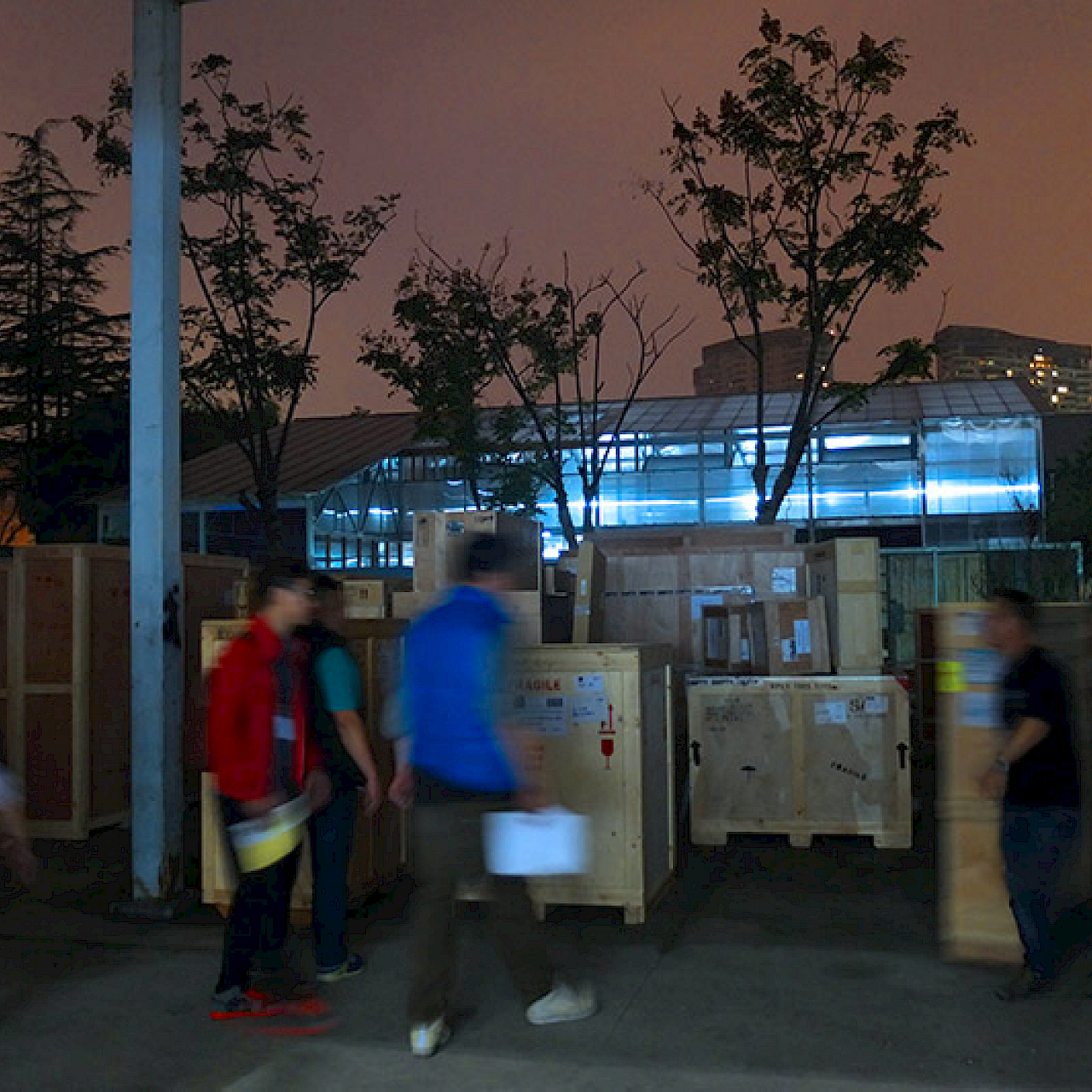

art fair fissures
* HKD $466,266 (approximately USD $60,000) is the total cost—including booth fees, art work shipping, labour, lighting, installation, etc.—reported by one Beijing gallerist to participate in ArtBasel HK 2017.
Recent visits to the aftermaths of two art fairs in Shanghai and Hong Kong reveal a dynamic much more spectacular than the intended spectacle, where 'aftermath' represents a kind of accounting in which the real circulation begins: sales must be calculated, art works retallied, containers organised. The efficiency by which these flows enliven works of art is serious—after all, the fair is a pop-up affair, and rent is paid for by the day. In the space of a few hours, temporary white cube galleries become storehouse cum logistics centre cum hall of white cubes again before all is dismantled for the next convention, show or market.
Here, art is literally taken off of its pedestal and put into motion. The pedestal, the structure which symbolically supports an art industry infrastructure, is marked with a large red and white sticker offered by the organisers: RUBBISH. But this is not so simple as a blanket admonition of the commercial art world; rather, there is a certain feeling of clarity to see the cubes and their contents in a not-so-white fashion, in a manner by which art is not separated from the socio-economic conditions which allow for its circulation. This landscape is itself a gorgeous, global capitalist installation, featuring hunky flurries of international art handling and art shipping teams, pushing crates about in their various coloured team workwear; the rhythmic cracks and pops of packing tape and bubble wrap; gallerists with furrowed brows directing handlers, bowed over documents and laptops, or having celebratory champagne clinks with their co-workers; and local security teams both idly waiting and rushing to get it all over with. The entire canvas is overlayed with a complex system of sticker and tape labeling which coordinates the movement of empty and packed crates, their owners and destinations.
To describe this work of art is maybe one of the most boring approaches—art about art. But it is perhaps in the fissures of art as representation or art as consumption that one may maneuver alter-relations of simultaneous connection and striation, a tension of which needs to be addressed in a time where the relationships between production and consumption—and in parallel, that between authors and publics—are increasingly estranged. Waste and detritus exist only as outcroppings of value creation, but what are the tallies of these aftermaths? To democratise these numbers is a question of both material (e.g., environmental or economic) and immaterial (e.g., the psychologies and affects of immaterial labour) sustainability, but what is required goes beyond an act of balancing the books. Systemic overhaul? Revolution? Ummm... put on your apron, haha...



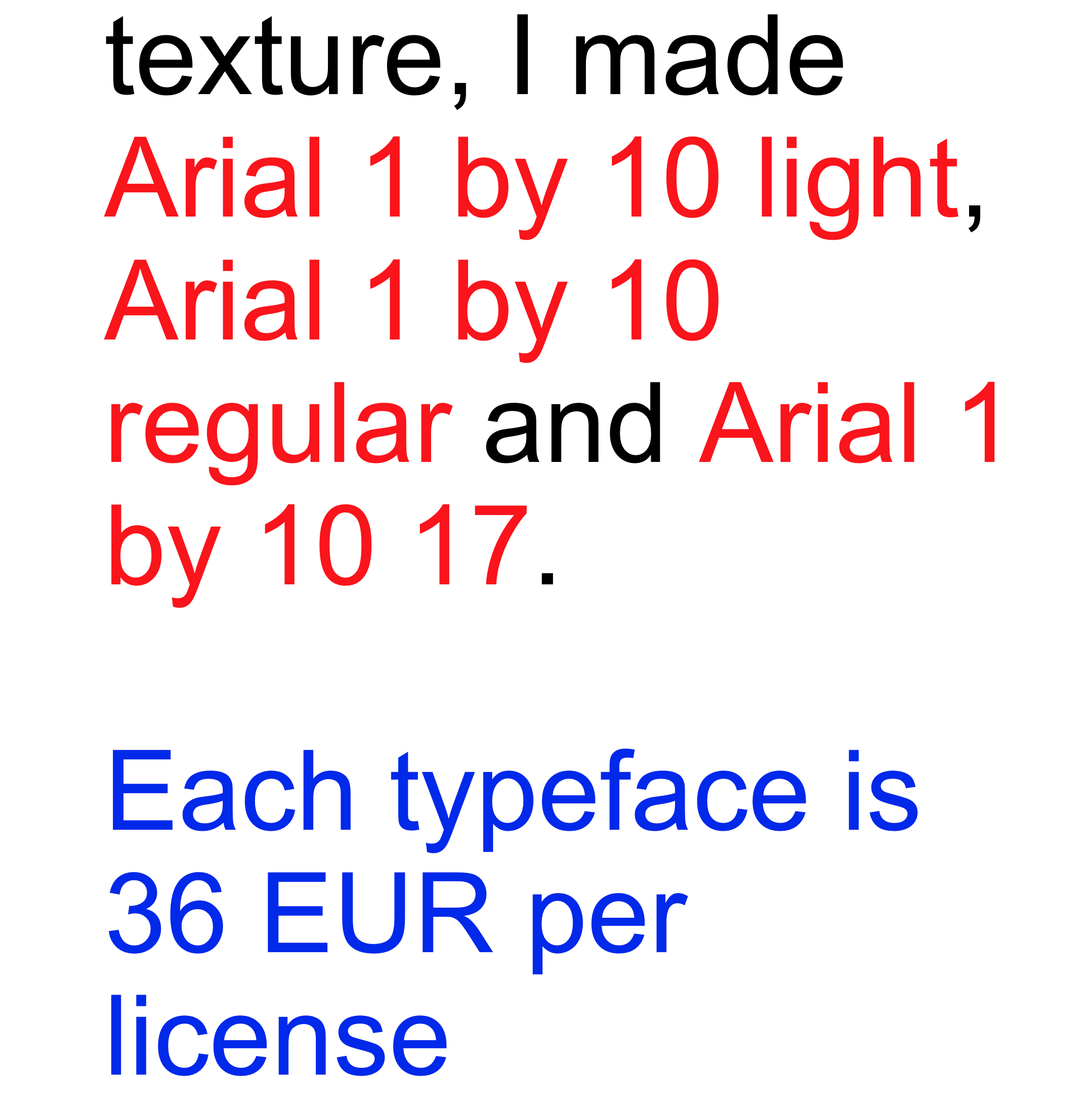
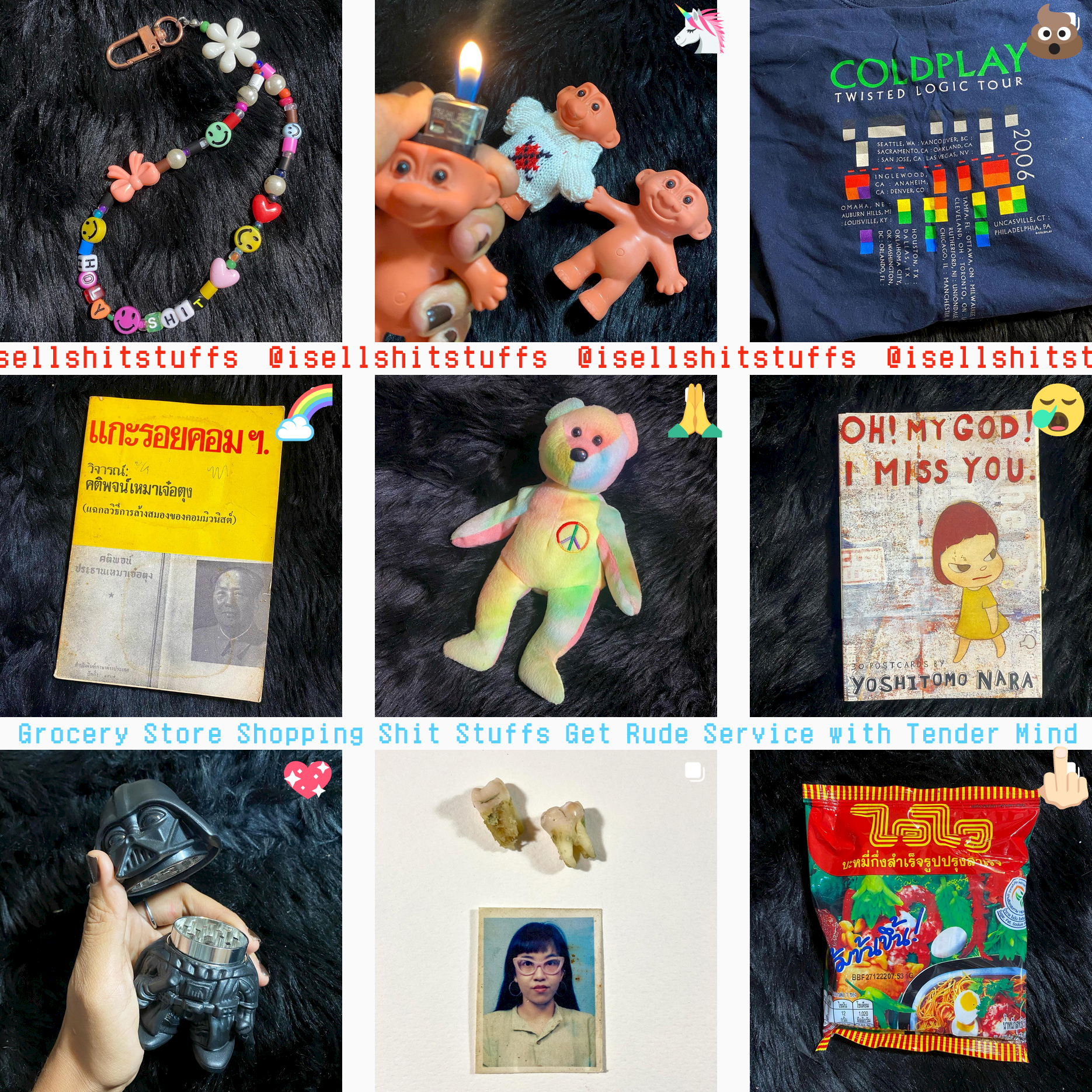
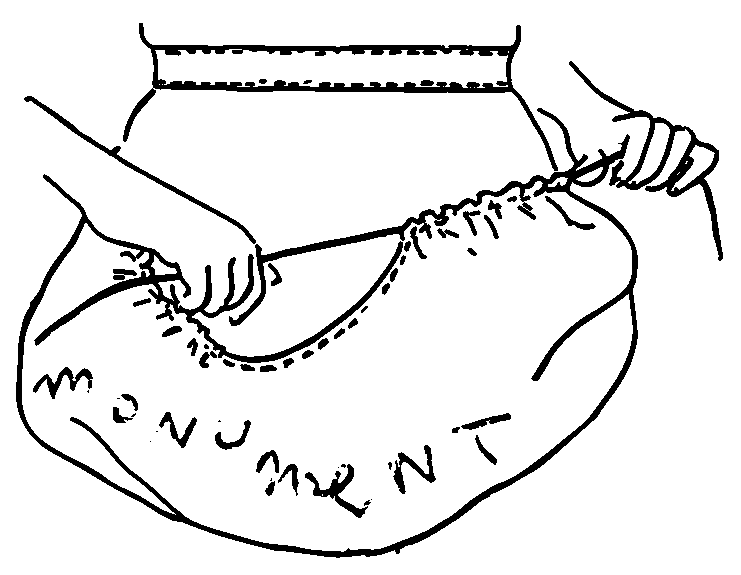
評價 Reviews
Your e-mail address will not be published
* 必填 Required fields